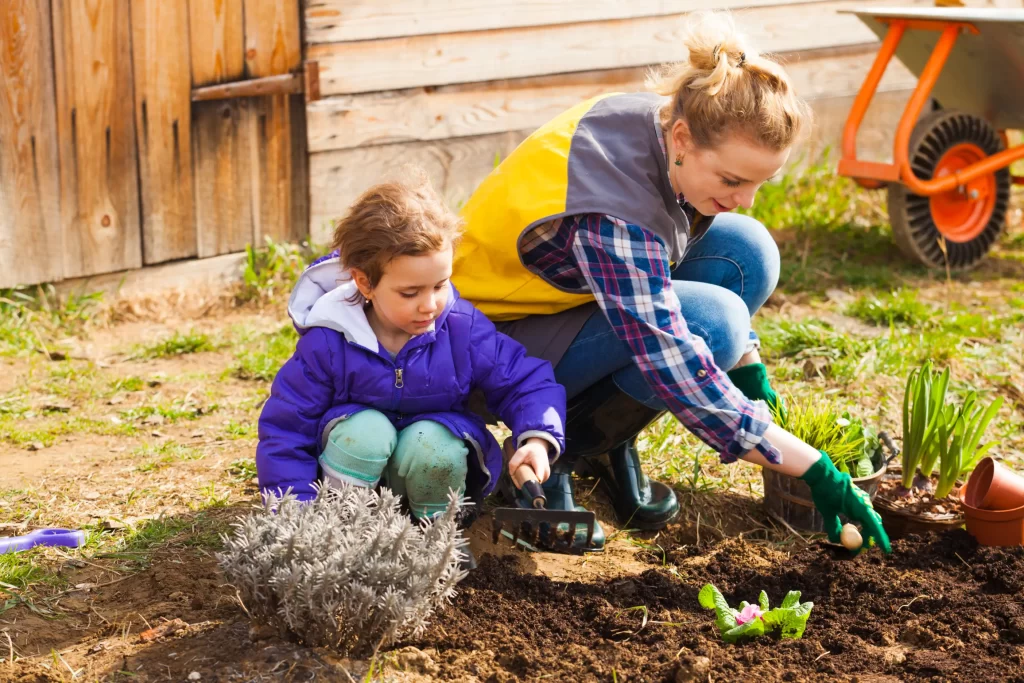Embarking on the journey of creating a garden from scratch is a venture filled with potential and discovery. It’s about transforming a blank canvas into a vibrant tapestry of greens, colors, and life. Whether you’re dreaming of a lush vegetable garden, a fragrant herb garden, or a blooming flower bed, the process of starting from the ground up is both rewarding and therapeutic. This comprehensive guide aims to escort you through the initial steps of creating your garden, ensuring that your venture into gardening is as flourishing as the plants you wish to grow.
Understanding Your Space
Before you break ground, it’s crucial to understand the environment and conditions of your future garden space. Consider the following:
- Sunlight: Monitor how sunlight moves across your space throughout the day. Most vegetables, herbs, and flowers require six to eight hours of direct sunlight.
- Soil: Assess the soil quality. Is it sandy, clayey, or loamy? The type of soil you have can influence what plants will thrive and what adjustments you may need to make.
- Water: Ensure you have a plan for watering your garden. Whether it’s a nearby hose, a rainwater collection system, or a new irrigation system, consistent water access is key to your garden’s success.
Planning Your Garden
Planning is a pivotal stage in gardening. It involves deciding what you want to grow, how much space you’ll need, and how to layout your garden for optimal growth and aesthetics.
- Choosing Plants: Select plants based on your climate zone, soil type, and sunlight availability. It’s also important to consider the growing season of each plant and whether they are compatible with each other.
- Garden Design: Sketch a layout of your garden, considering the height and spread of mature plants. Taller plants should be placed at the back (or north side) so they don’t shade shorter plants.
- Tools and Supplies: List down the tools you’ll need. Basic gardening tools include a shovel, rake, hoe, garden fork, and watering can or hose.

Preparing the Ground
The physical task of creating your garden begins with preparing the ground. This step is vital for removing weeds, improving soil quality, and ensuring your plants have the best start.
- Clearing the Area: Remove any weeds, stones, or debris. If there are large quantities of weeds, consider covering the area with a tarp for a few weeks to kill them naturally.
- Soil Preparation: Depending on your soil test results, you may need to amend your soil. Adding organic matter, such as compost or aged manure, can improve soil fertility and texture.
- Plotting the Beds: Outline your garden beds based on your plan. For raised beds, construct your frames and fill them with a mix of topsoil and compost.
Planting
With your garden plot ready, it’s time to start planting. This stage is where your planning comes to life, and you begin to see the fruits of your labor.
- Timing: Pay attention to the best planting times for each species, which can vary between spring, summer, and fall.
- Technique: For seeds, follow the planting instructions on the packet for depth and spacing. For seedlings, gently remove them from their containers, loosen the roots, and plant them at the same depth they were growing.
- Watering: After planting, give your garden a good watering. The soil should be moist but not waterlogged.
Maintenance
The key to a thriving garden is regular maintenance. This includes watering, weeding, pruning, and harvesting at the right times.
- Watering: Develop a consistent watering schedule. Early morning is the best time to water, reducing evaporation and fungal diseases.
- Weeding: Keep on top of weeds, as they compete with your plants for nutrients and water.
- Pest and Disease Control: Inspect your plants regularly for signs of pests and diseases. Use organic methods for control whenever possible to keep your garden healthy and sustainable.
Harvesting and Enjoying
The most rewarding part of gardening is enjoying the fruits of your labor. Whether it’s fresh vegetables, beautiful flowers, or aromatic herbs, remember to harvest your plants at their peak for the best quality and flavor.
- Vegetables and Fruits: Harvest in the morning when the sugar content is highest.
- Herbs: Pick herbs early in the morning after the dew has evaporated but before the sun is too hot.
- Flowers: Cut flowers in the morning for longer-lasting bouquets.
Learning and Adapting
Gardening is a learning process, and each season brings its lessons. Take notes on what worked and what didn’t, and don’t be afraid to try new techniques or plant varieties. Gardening is as much about the journey as it is about the destination.
Conclusion
Starting a garden from scratch is an adventure filled with challenges and rewards. It’s a process that requires patience, dedication, and a willingness to learn. By understanding your space, planning carefully, preparing the ground, and maintaining your garden, you’ll create a beautiful and productive space that reflects your efforts and passion. So grab your gardening tools and start your journey to a greener world today.














